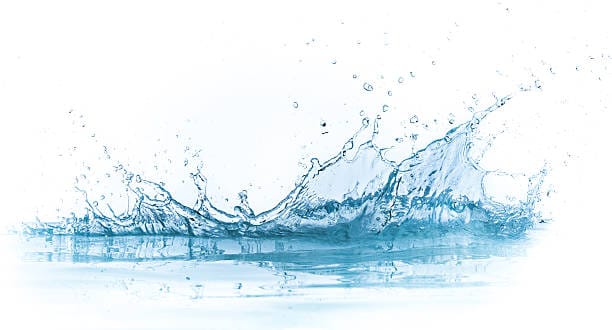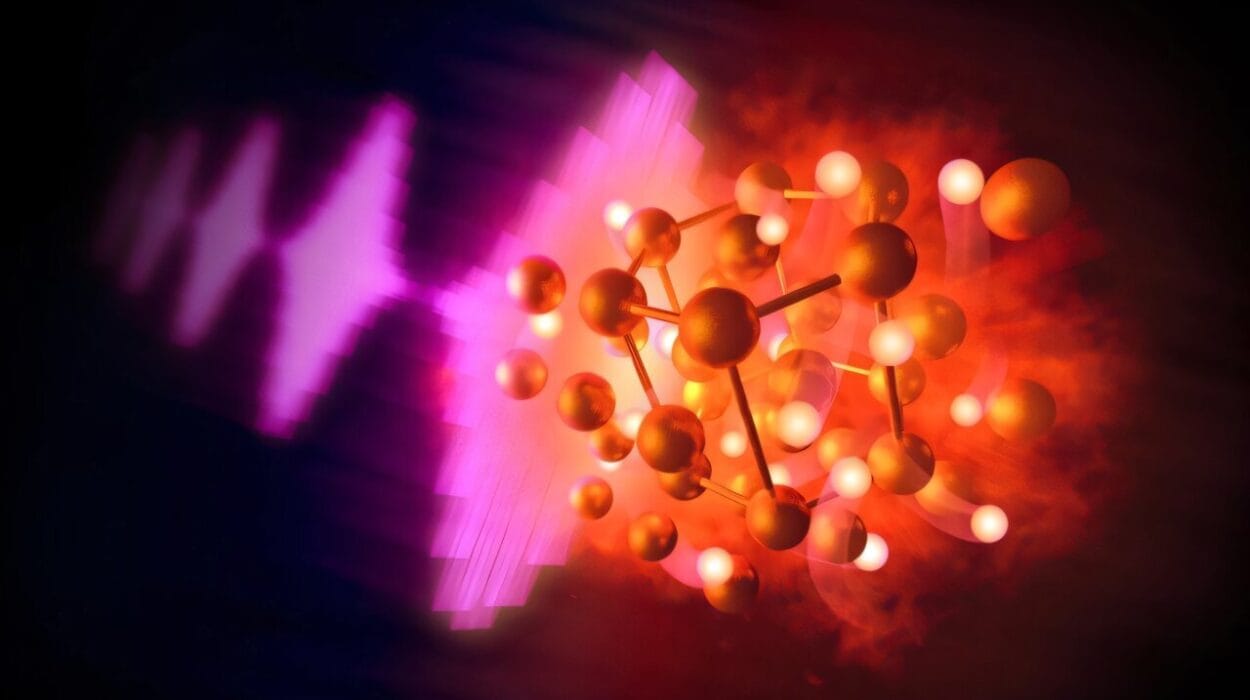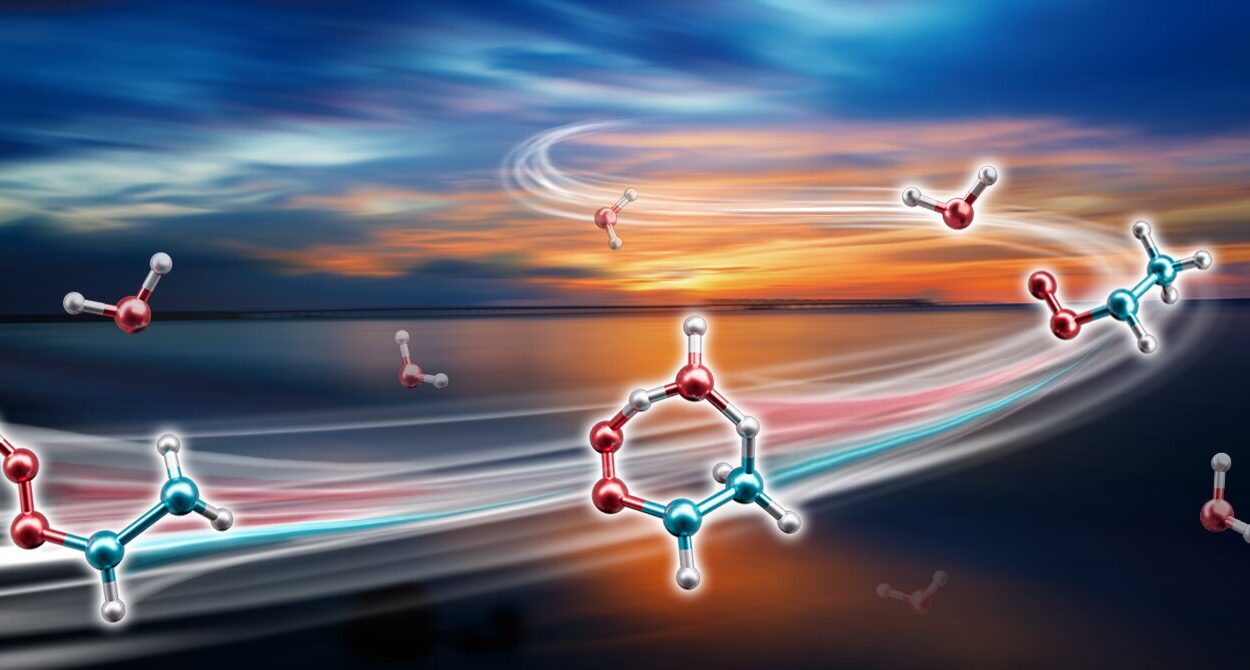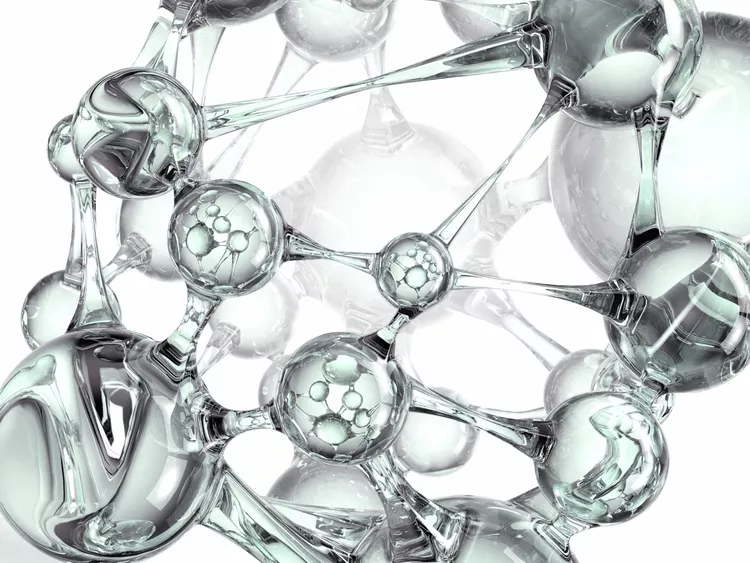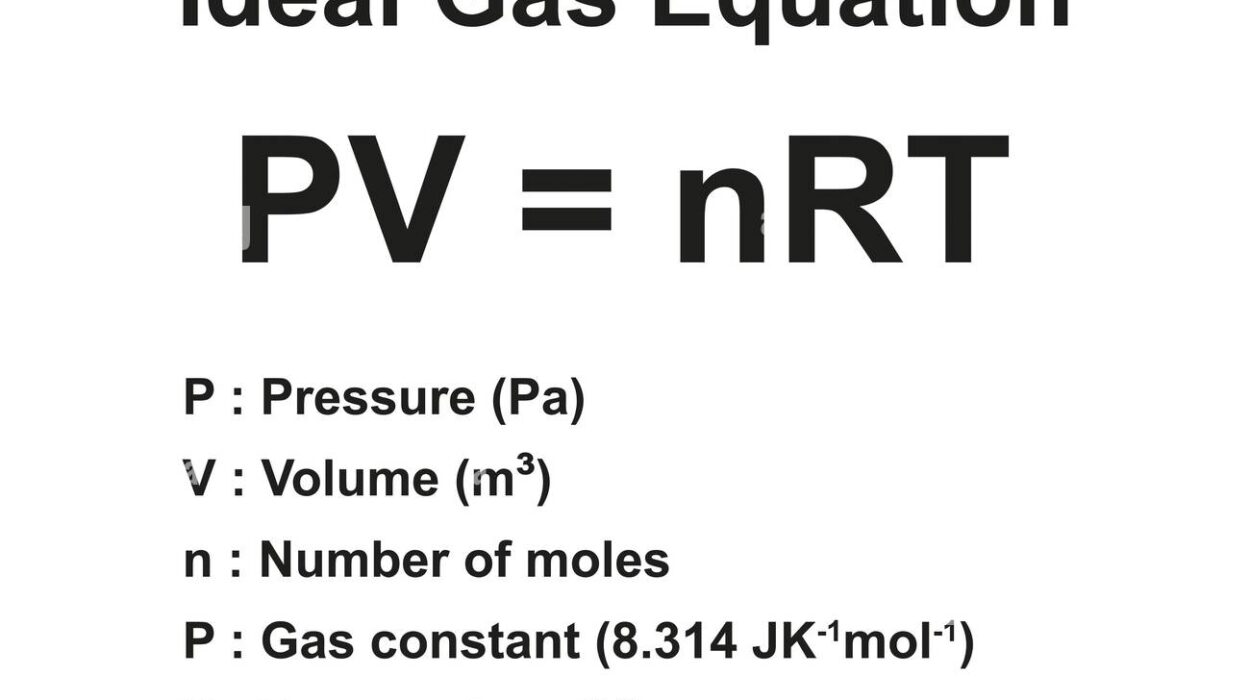There is a substance so vital, so unassuming, and so astonishingly strange that life itself could not exist without it. You drink it. You bathe in it. You cry with it. You are, in fact, mostly made of it. And yet, the more science learns about it, the more mysterious it becomes.
Water.
Yes—plain old H₂O. That transparent liquid in your glass holds within it the secrets of stars, the power of planets, and the poetry of life itself. You may think you know water—but you don’t. Not fully. Because water is not just essential. It’s exceptional. And in many ways, it behaves in ways that seem to defy logic, physics, and even the basic rules of chemistry.
Prepare to see the most ordinary liquid in the universe through an extraordinary new lens. Here are seven properties of water that will not only surprise you but possibly change the way you look at every raindrop, river, and ripple.
1. Water Expands When It Freezes
Let’s begin with something you’ve observed—but likely never questioned deeply: ice floats. But this seemingly simple phenomenon is one of the most bizarre and life-enabling anomalies in the known universe.
Most substances become denser when they freeze. They contract, their molecules pack closer together, and their solid forms sink in their liquid forms. Water, in contrast, does the opposite.
As water cools, it becomes denser—up to a point. But at around 4°C, it begins to expand again, and by the time it freezes into ice at 0°C, it has become about 9% less dense than liquid water. That’s why ice cubes bob at the surface of your drink and icebergs float in the ocean.
But the consequences of this anomaly are cosmic in scope. Because ice floats, it forms an insulating layer over lakes and seas, allowing life to survive underneath in winter. Without this bizarre property, aquatic ecosystems would freeze from the bottom up—destroying all life during harsh winters.
Ice that floats, paradoxically, makes life more grounded.
The secret lies in the hydrogen bonds that link water molecules. As water cools, these bonds arrange molecules into a hexagonal lattice that takes up more space. It’s a molecular snowflake that expands instead of contracts.
Strange? Yes. But also lifesaving.
2. Water Has a Nearly Unrivaled Heat Capacity
If Earth were a living being—and many believe it is—then water is its emotional thermostat. It absorbs, stores, and slowly releases heat, keeping our planet’s temperature relatively stable across vast regions and long timeframes.
This remarkable trait is due to water’s high specific heat capacity—the amount of energy needed to raise its temperature. Water’s specific heat is 4.186 joules per gram per degree Celsius, one of the highest for any substance.
This means water can soak up enormous amounts of heat without rapidly changing temperature. Imagine standing near the ocean on a hot summer day. The sand burns your feet, but the water is cool. That’s water’s thermal buffer in action.
Why does this matter?
Because without it, Earth would be a place of violent temperature swings—boiling days and freezing nights. Oceans moderate coastal climates. Clouds stabilize atmospheric temperatures. Even your body, composed of roughly 60% water, benefits from this buffering effect. Water regulates your body temperature through sweat, blood, and breath.
From the comfort of your skin to the habitability of Earth, water’s ability to absorb heat makes it one of the most precious thermostats in the cosmos.
3. Water Is the Universal Solvent—But Not Universally Understood
There’s a reason why water is known as the “universal solvent”: it dissolves more substances than any other liquid. Whether it’s salts, sugars, acids, gases, or even some proteins, water has an almost magical ability to pull apart molecules and keep them suspended.
But here’s the twist—scientists still don’t fully understand how water does this so well.
At the molecular level, water is a polar molecule. Its bent shape gives it a positive side (the hydrogen ends) and a negative side (the oxygen). This allows it to attract and surround other charged or polar substances, prying them apart and integrating them into its structure.
This property enables nearly all biochemical reactions in living organisms. Cells are basically bags of water with a molecular symphony happening inside. Nutrients, oxygen, waste—all dissolve and move in water.
Without water’s solvent abilities, your bloodstream wouldn’t carry oxygen. Your food wouldn’t digest. Your neurons wouldn’t fire. Life wouldn’t exist.
But despite decades of research, water remains elusive in detail. The structure of water clusters, the precise nature of hydrogen bonds, and how it interacts with complex molecules remain active fields of research.
Water solves more than salt. It also solves mysteries.
4. Water Can Climb—Defying Gravity Itself
Try this experiment: dip one corner of a paper towel in a cup of water. Wait. Watch as the water climbs up the fibers—defying gravity with ghost-like grace.
This phenomenon is called capillary action, and it occurs because of two miraculous properties: cohesion (water molecules sticking to each other) and adhesion (water molecules sticking to other surfaces).
Water adheres to the fibers of the towel and pulls more water with it through cohesive bonds. This is how plants drink. From the tiniest blade of grass to the tallest redwood tree, water climbs upward through narrow tubes called xylem, driven by capillary action and evaporation at the leaves.
Without this gravity-defying magic, plants couldn’t move water from root to leaf. And without plants, well—you know the rest.
In your own body, capillary action also helps deliver nutrients to cells through tiny vessels. In the soil, it transports water to thirsty roots. In the atmosphere, it contributes to the formation of clouds and rainfall.
Water moves not just across the Earth but against it.
5. Water Behaves Strangely Under Pressure
Water’s behavior under pressure is unlike any other substance. Most materials compress when squeezed and expand when heated. Water, however, has a love-hate relationship with pressure. It can both resist and embrace compression depending on temperature and phase.
Under very high pressure, such as deep within the Earth or other planets, water doesn’t just compress—it transforms. It forms exotic phases of ice—not the kind you’d find in your freezer, but forms like Ice VI, VII, and X, with bizarre molecular arrangements.
Ice VII, for instance, is found in the mantles of planets like Uranus and Neptune and has been recreated in labs. It’s denser than liquid water and forms under extreme pressure—over 30,000 times atmospheric pressure.
Meanwhile, liquid water is nearly incompressible, which is why it’s used in hydraulic systems. That’s also why diving too deep without proper gear can be deadly—the water around you doesn’t give way, it pushes back.
Water’s response to pressure is part of why Earth’s geology and life are intertwined, and why deep ocean ecosystems can exist miles below the surface in pitch darkness.
This isn’t just H₂O. This is H₂O under cosmic tension.
6. Water Exists in All Three States—Naturally and Simultaneously
Water is the only substance on Earth that naturally occurs in solid, liquid, and gas states under normal conditions. You can find all three in a single environment—like a mountain lake surrounded by snow, under a clear sky with drifting clouds.
But here’s something wilder: under the right conditions, water can exist in all three states at once. This rare phenomenon is called the triple point, and it occurs at 0.01°C and 611.657 pascals of pressure.
At the triple point, solid, liquid, and vapor coexist in a delicate balance—a molecular truce held together by physics.
Scientists use the triple point of water as a calibration standard in thermometry. But this property also has profound implications for atmospheric science, climate modeling, and even the search for extraterrestrial life. Finding a planet with water in three states means it could be habitable.
Water doesn’t just adapt. It transforms with elegance and equilibrium.
7. Water Remembers—In More Ways Than One
This final property is as controversial as it is captivating.
In the scientific realm, the idea that “water has memory” has been proposed and debated, especially in fringe fields like homeopathy. Most scientists dismiss the claim that water retains the structural memory of substances long after dilution. There’s little robust evidence to support it in that context.
But memory, in a more grounded sense, does exist in water systems.
Glaciers record past climates in frozen layers. Ocean sediments preserve chemical signatures of ancient carbon cycles. Tree rings, sustained by water, reflect seasonal patterns. Water, through its movement and storage, becomes a planetary archive—an elegant historian writing in ice and flow.
More recently, studies in quantum hydration dynamics suggest water behaves differently near DNA and proteins, potentially influencing biochemical memory at a molecular level. This is not magic—it’s the frontier of biophysics. Early evidence shows structured water layers may play a role in cellular communication and memory retention in neurons.
Water may not “remember” your emotions, but it carries the memory of the Earth.
Conclusion: The Most Ordinary Liquid, The Most Extraordinary Substance
You began reading this article thinking you knew water. You end it realizing you may never truly understand it.
It boils, it freezes, it flows. It burns with cold and calms with heat. It climbs walls, cracks rocks, floats when it should sink, and dissolves mountains over millennia.
Water is not just life’s solvent. It is life’s sculptor, architect, and enigma.
We owe our very existence to its quirks. And we are still uncovering its secrets.
The next time you drink from a glass, swim in the ocean, or walk in the rain—pause. Remember that the liquid slipping through your fingers once fell from ancient skies, once flowed through the veins of a leaf, once carved valleys deep and eternal.
Water is not just something you use.
Water is something you belong to.
